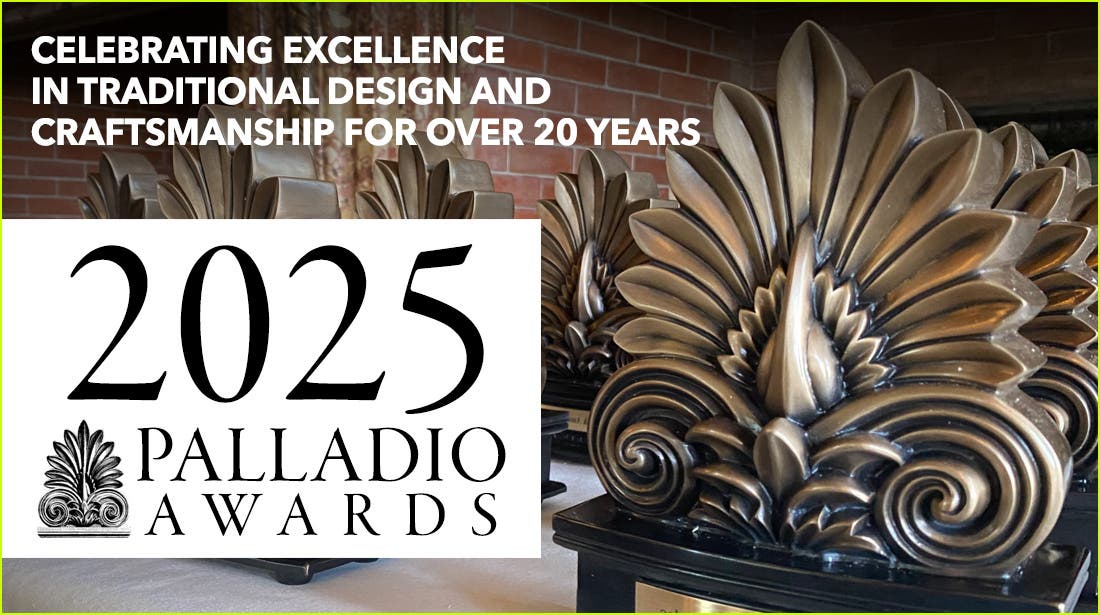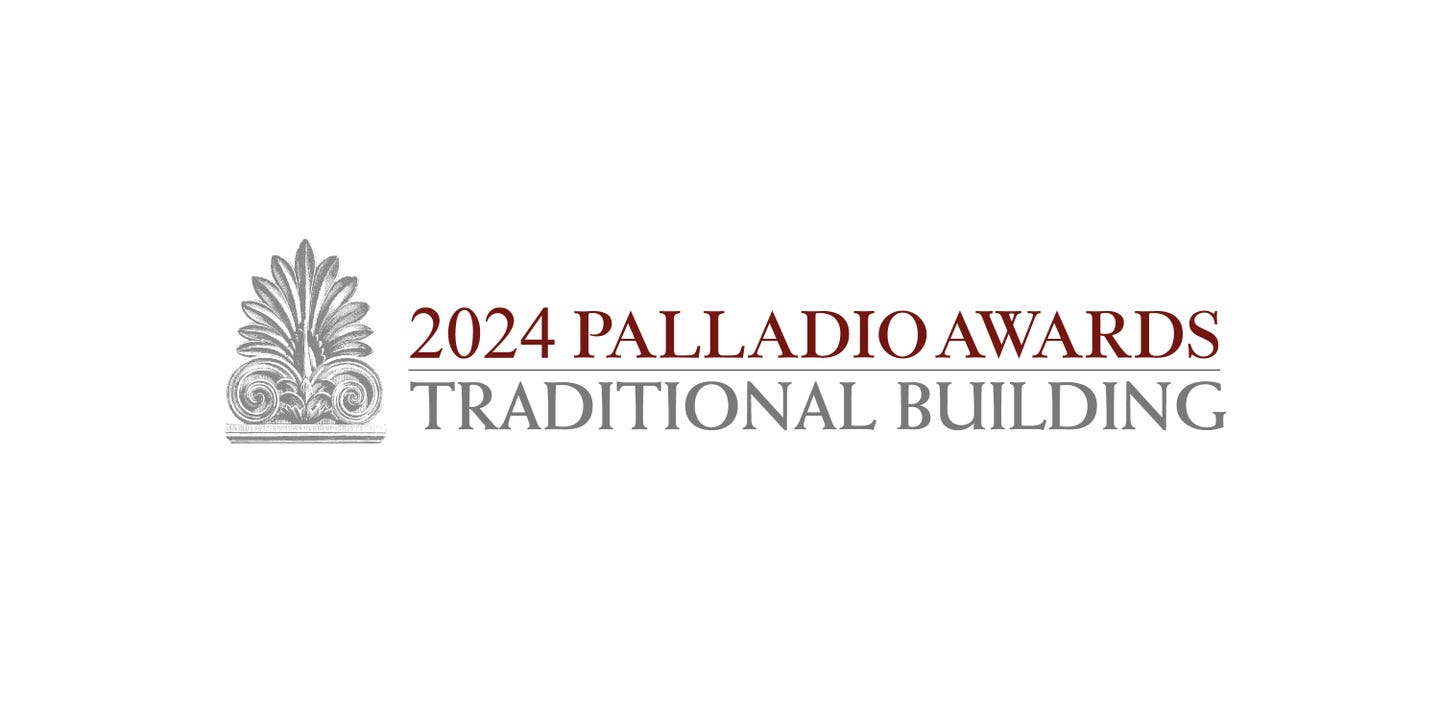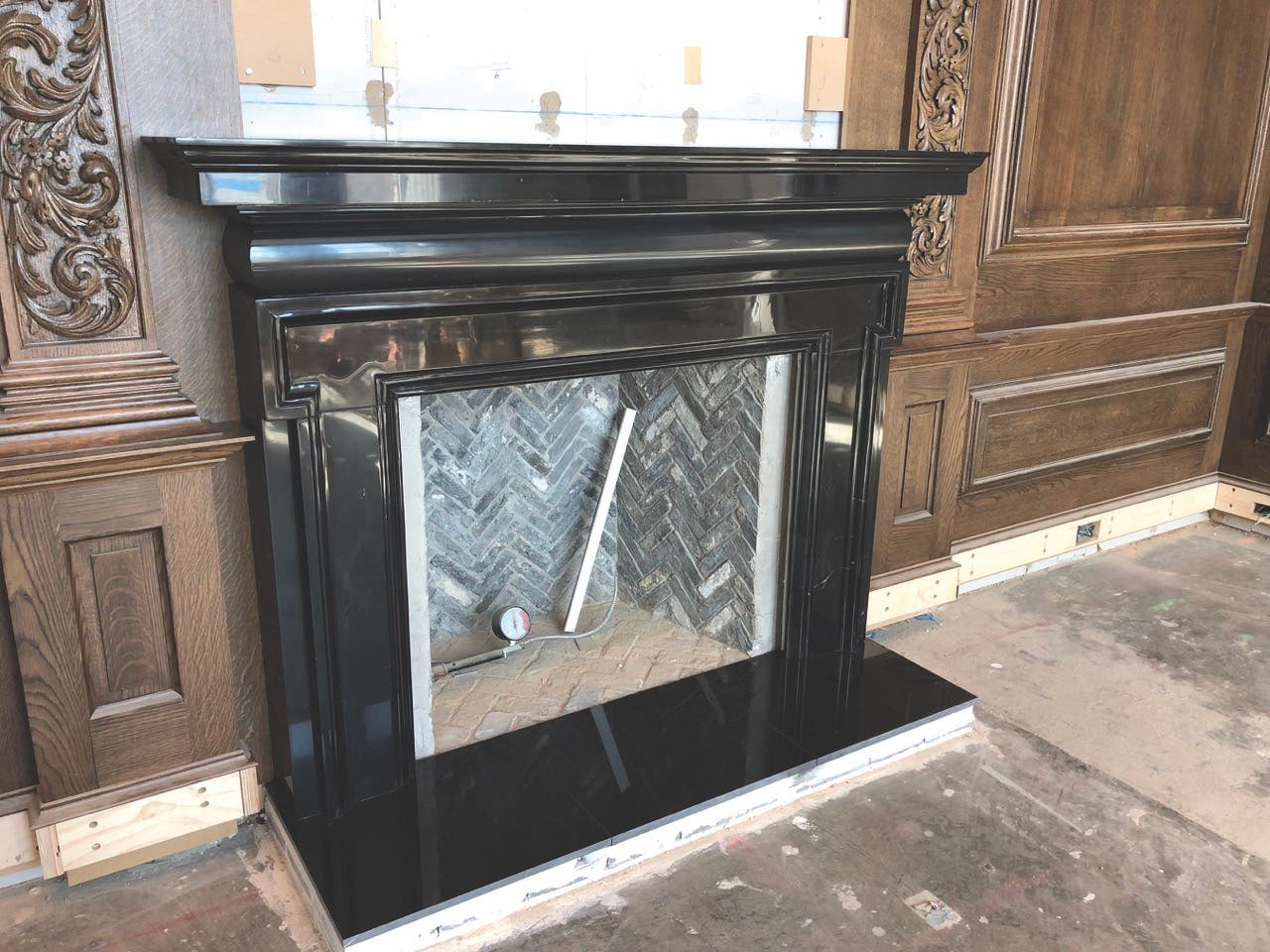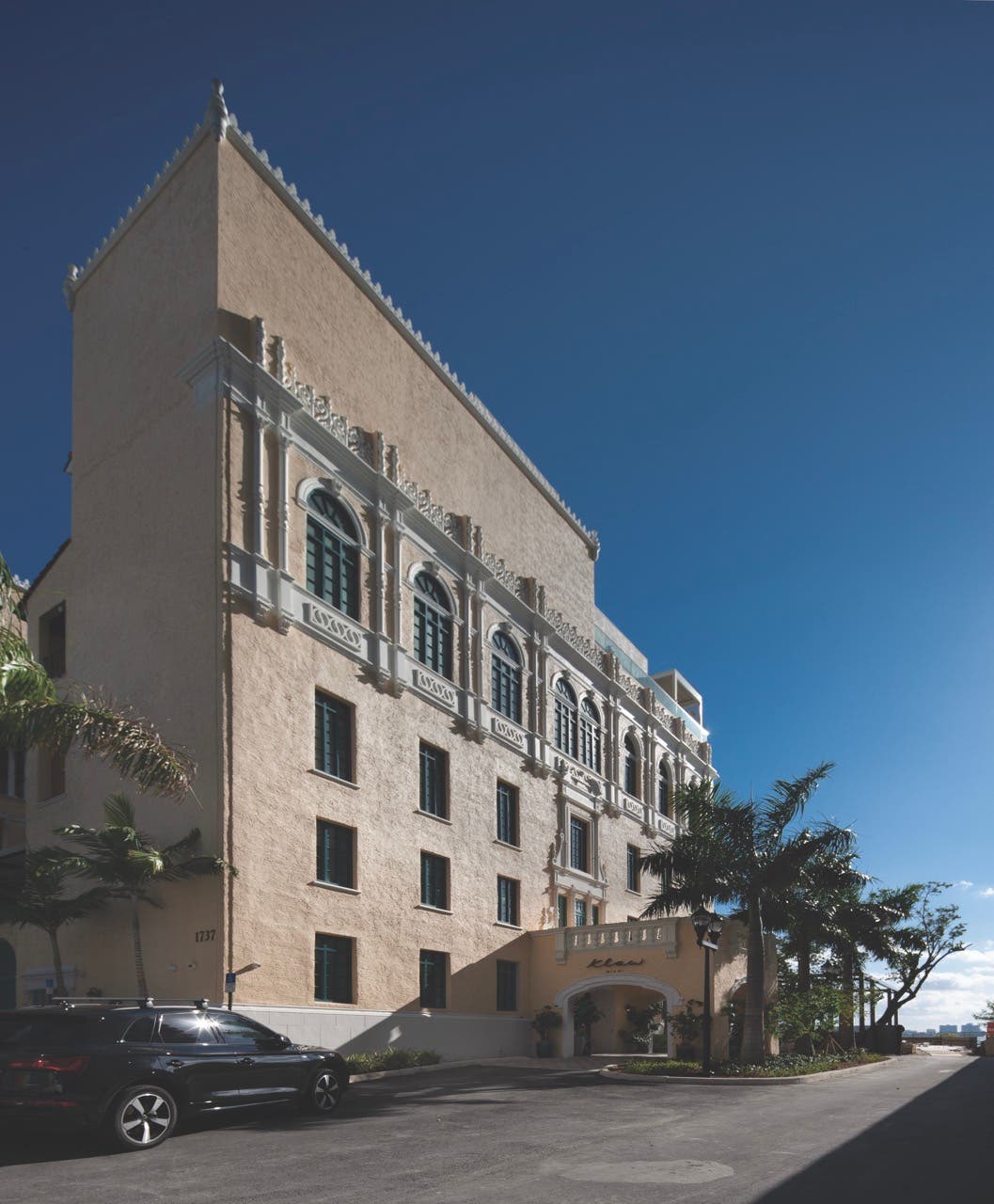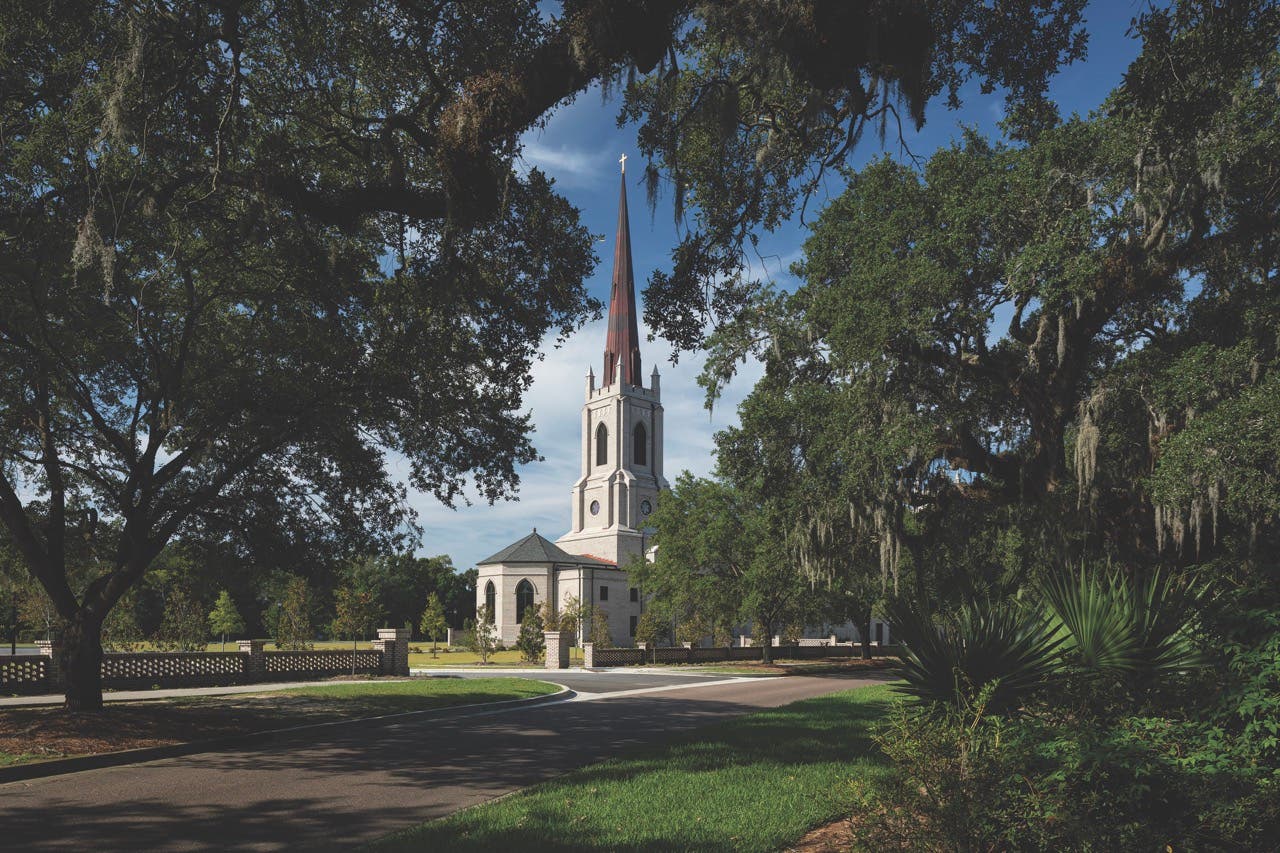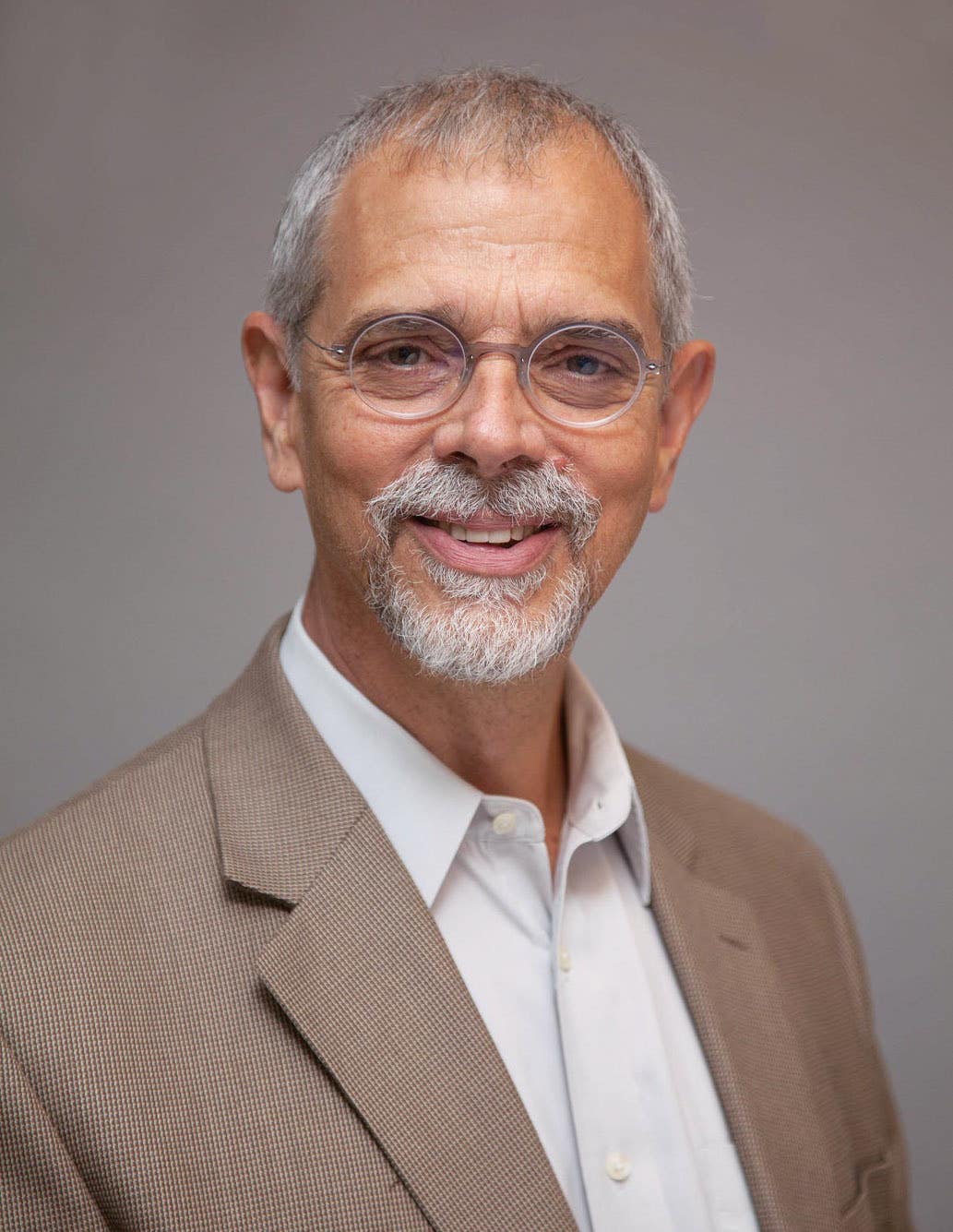
Palladio Awards
2019 Clem Labine Award Recipient: Carl Elefante
Carl Elefante—principal and director of sustainability at Quinn Evans Architects, 94th president of the American Institute of Architects (AIA), and this year’s winner of the Clem Labine Award—works where sustainability meets historic preservation. Maybe that’s a natural place to be, considering he came of age as an architecture student at the dawn of the post Penn Station demolition and post Earth Day environmental movements. And now, in a post Paris Agreement world, being a steward of the built environment while troubleshooting for the 21st century’s uncertainty demands exactly such sensibilities.
“The number one thing needed to make a building sustainable,” says Elefante, “is getting the greatest benefit out of what’s already there: How can you simply use what you have, and tweak it in ways so its performance, essentially, allows it to not use fossil fuels?”
Elefante famously voiced a similar sentiment in 2012: “The greenest building is the one already built.” By that point, he’d led a full architectural life designing buildings, found his sustainability footing while serving on President Clinton’s Council on Sustainable Development, and had a life-changing conversation about historic preservation with Michael Quinn. “We were talking about literally the same ideas, about the same sensibilities, about what it takes to make the world a better place: We needed to bring the ethics of sustainability and preservation together,” Elefante recalls.
That epiphany prompted Elefante to join Quinn Evans Architects and set in motion his career’s second act, during which he found that restorations, renovations, and additions were among the most rewarding he’d ever done. “As an architect, working with existing buildings and making them usable for another generation is actually incredibly satisfying—the looking back and the looking forward are both equally engaging,” Elefante says. Among other projects, he holds up Quinn Evans’s renovation of the National Academy of Science’s headquarters in Washington, D.C. “Our intervention had a few really straightforward opportunities to make that building much more sustainable—and doing it while really fully respecting its integrity as a historic property. That project proved that it’s possible to get an A+ in both sustainability and historic preservation on the same project at the same time.”
Now, reinvigorated after his 2017-18 term as president to the AIA’s more than 94,000 members, Elefante focuses on the 21st-century city—places he imagines as becoming less Robert Moses and more Jane Jacobs, where the same sustainability principles behind the Paris Agreement and the Habitat III New Urban Agenda elevate cities into built environments that are resilient, climate-responsive, and equitable for their residents. “We have to find ways of reconnecting our cities to people. We’re a long way from it—there’s a lot of work we need to do,” he says. “Fortunately, experience and human interaction are current again in certain ways, so I’m not the only one having this kind of realization.”
In fact, Elefante senses an awakening among his peers. Someday soon, he says, our modern-day resistance to decarbonization will look as antiquated and foolish as the aversions to fire and building codes of 130 years ago. And just as the code-pioneering generation also spurred the City Beautiful Movement, sustainability-minded architects now have an opportunity to create better urban areas. Along the way, Elefante says, the traditional building community must wrestle with a contradiction: keep proselytizing for the lasting value of historic buildings—especially as a contrast to a culture that too often leans toward the new and disposable—while acknowledging that cities need to evolve and adapt alongside those who call them home.
It also requires revisiting the basic responsibilities of the profession. “This expands beyond architects to everyone in the building sector, the stewards and shapers of the built environment: We have to recognize that we’re sort of designated by our society and economy to be the people who set conditions for the future that can profoundly shape human destiny,” Elefante says. “We’re either facilitating the future we want, or putting obstacles in the way.”



